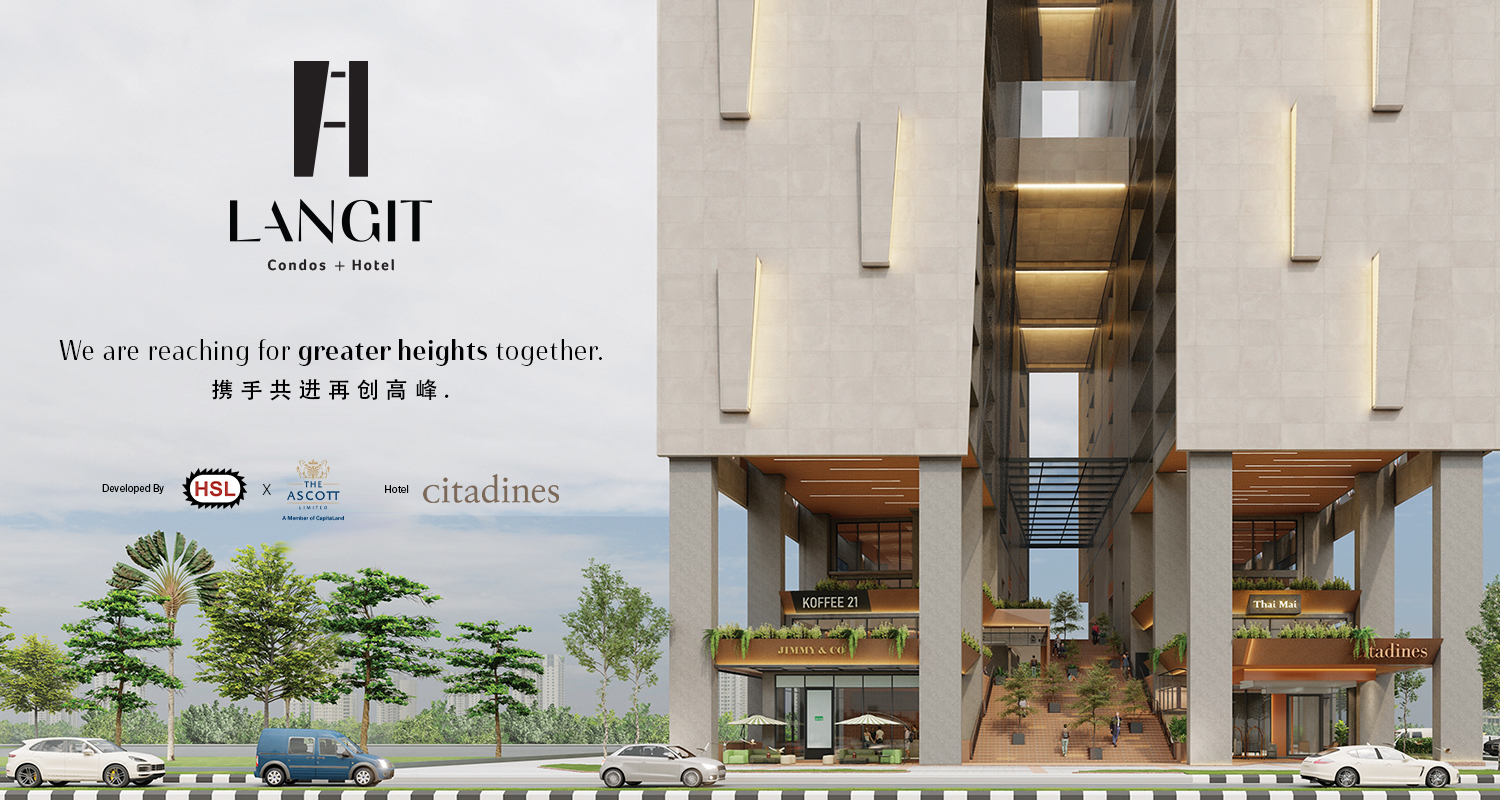
KUCHING, Sept 27: The Baram Heritage Survey Atlases, a result from the largest ever ecological and social survey of Baram region involving the Orang Ulu communities and the first to describe the incredible abundance of rare, threatened, and endangered species in indigenous-managed forests, has been launched.
Thrilled to launch the community atlases in the indigenous village where the study took place in Miri recently, the project involving the Borneo Project, SAVE Rivers and Keruan Organisation in collaboration with researchers from Malaysian and American universities was a culmination of more than two years of work conducted by Penan and Kenyah communities in the Baram River Basin.
According to a media release today, the 90-page atlases document how important the forests are for community life and reveal an incredible abundance of species that thrive in the indigenous-managed territories.
The Baram Heritage Survey hired and trained technicians from Orang Ulu communities throughout 2020 and 2021 to collect animal data along forest paths and interview community members about hunting, fishing, livelihood, nutrition, land rights and land management.
The atlases are the resulting publication — tailored to each community — and are the first time that community reliance on forest resources has been compiled across the six participating communities.

“Now the world can know how the Penan and Kenyah people struggle to protect the forest and the Upper Baram Forest Area, and the importance of the rainforest and Indigenous knowledge can be recognised globally.
“We must not allow the forest to be destroyed. Indigenous people are at the forefront of the battle to save the last intact rainforest in Sarawak,” emphasised Komeok Joe, executive director of Penan non-governmental organisation (NGO) Keruan Organisation who is from the area where the survey took place.
The Borneo Project executive director Jettie Word pointed out that despite being a biodiversity hotspot, the Baram River Basin has attracted little research as there were no official animal counts or inventories for many important rare, threatened and endangered species.
“The survey was also unique in that it was co-designed by indigenous communities, non-profit organisations, and researchers from Malaysian and American universities.This bottom-up transdisciplinary approach represents a new model of research that incorporates Indigenous Knowledge with elements of citizen science using smartphone technology.
“The importance of the local technician’s expertise in the forest cannot be overstated,” she said in the statement.

Apart from wildlife data, communities documented how they would like the land to be used in the future, including their thoughts about making rules that allow forests and wildlife numbers to recover, people from town hunting on their land, and canceling logging concessions across the region, particularly in the Indigenous-protected Upper Baram Forest Area.
Save Rivers chairman Peter Kallang added that the wildlife and social data make it clear that communities still very much depend on forest resources for survival, and that they are quite concerned about protecting these resources.
“The Upper Baram Forest Area is absolutely necessary, and further protection measures need to be put in place that limit or eliminate logging in the area,” he stressed. — DayakDaily








